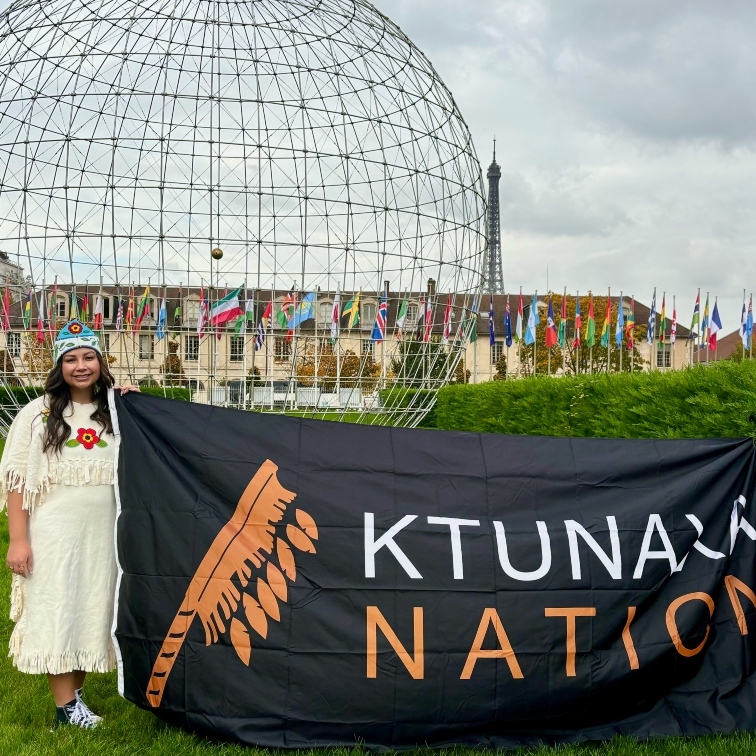Jobs come easier with a piece of paper
Kootenay Business magazine examines the benefits of having a post-secondary education
My dad once said to me that he would die happy once he knew that my brother and I had a university education. While this is a bit of an extreme way to look at education, many people are recognizing the increasing importance of post-secondary education. Statistics repeatedly tell us that people who have a certificate, diploma or university degree make more money and have more job possibilities than people without a university or college education.
The College of the Rockies (COTR) in B.C.'s East Kootenay is known for its diverse range of programs, including vocational and technical training courses. Doug McLachlan, the vice-president of education with COTR, has many roles, including deciding what programs are offered at the college. He said a large portion of the certificate and diploma programs offered at the college lead graduates straight to employment, and this in turn can strengthen the business community and the region’s economic base.
“The economic impact after taking post-secondary education (is significant),” said McLachlan. “(The impacts include) everything from increasing the tax base to (the person) becoming a homeowner or renter, buying groceries and participating in recreational activities versus if someone wasn’t working. A large portion of our programs . . . are very aimed at an end product where you get a certificate or diploma that leads to employment.”
A breakdown of the numbers
At the forefront of prospective students’ minds are two questions: what kind of job will I get afterwards and how much money will I make? And those are important questions to consider when time and money are put into any educational pursuit. An executive summary of the economic contribution of COTR found that students receive 13 per cent annual return on their investment of time and money and the province of B.C. benefits from improved health and reduced unemployment and crime rates. According to the summary, this saves the public $649,800 per year for each year that students are in the workforce. In addition, for every year a full-time student spends in school they earn an additional $2,384 per year. Factor in the higher incomes for all exiting students and it amounts to $7.3 million per year for each year they remain in the workforce.





Comments